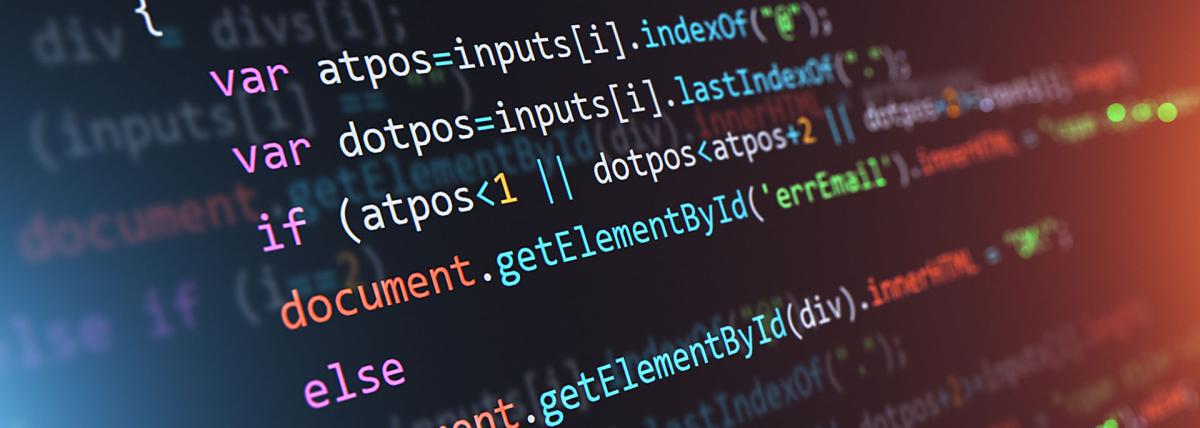
Robotics In Action
by Phyllis Lussier
This lesson uses Edison Robots but any programmable robot can be used. Students explore how to block code a robot to create a sequence of events. Their program is tested for accuracy and revised for success. Students have the opportunity to work together, collaborate and problem solve. This lesson uses EdScratch which has other features that allow students to stretch their understanding of coding. Any unit of study or theme could be used with this lesson. The emphasis is exposure to basic block coding/ sequencing,
Lesson Grade Level
4th GradeLesson Plan Link/URL
https://docs.google.com/presentation/d/1gadZMUQ0seQ--VLjAsbFPP29X3gZzoEP/edit?u…Subject Area
Technology 5. Computational Thinker Engineering S5: Apply Technology to Engineering Mathematics Measurement and Data (MD)
Featured
Off
Related Content

Grades:
5th Grade, 6th Grade, 7th Grade, 8th Grade
Building on the programming concepts explored in part 1, this lesson asks students to re-imagine the ‘spiral-out’ program to be a spiral-in program instead. Designed to be a stepping-stone activity to

Grades:
3rd Grade, 4th Grade
Encouraging students, from a young age, to think about their interests, dreams and goals lets them see possibilities for the future. As students listen to their thoughts and put those thoughts into

Grades:
Kindergarten, 1st Grade, 2nd Grade, 3rd Grade, 4th Grade, 5th Grade, 6th Grade, 7th Grade, 8th Grade
Most students are likely familiar with popular films like Happy Feet, Surf’s Up, Penguins of Madagascar, and classic books like Mr. Popper's Penguins. Capitalizing on this familiarity with penguins